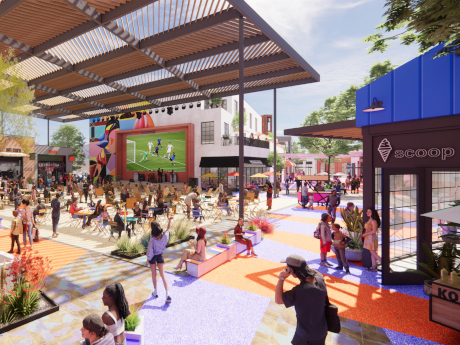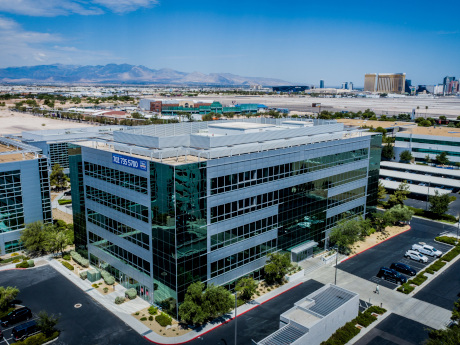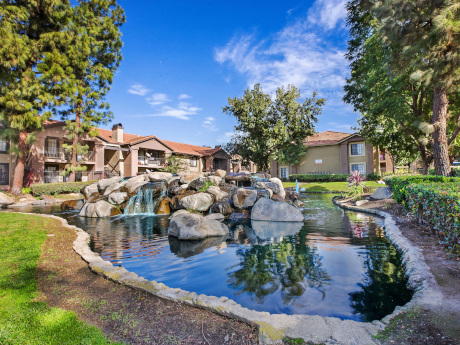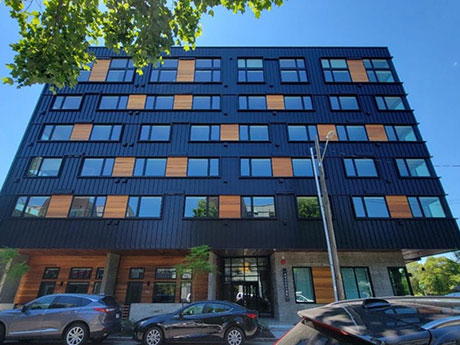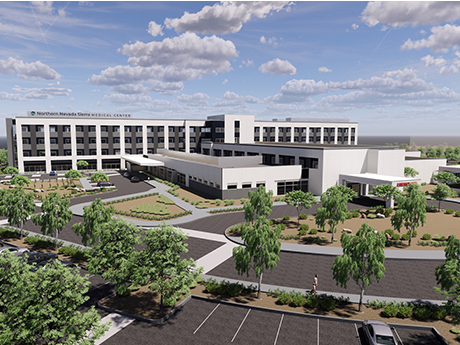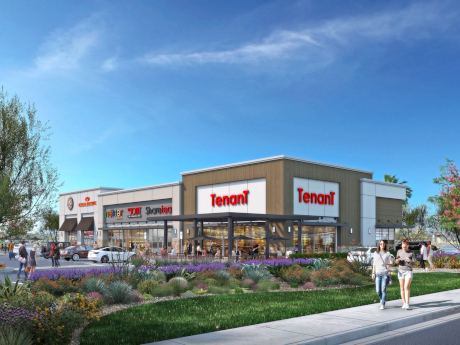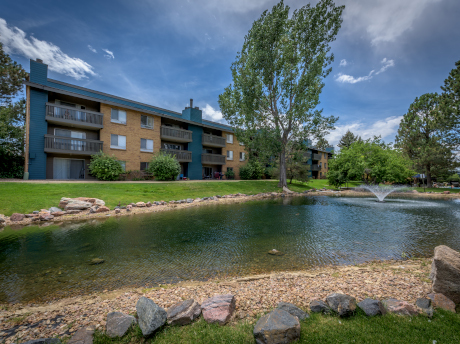By Cathy Jones, Founder and CEO, Sun Commercial The 2022 Las Vegas retail market can be characterized by a generally positive outlook and some strong trends, even in the face of market uncertainty. A few of these core trends are quite interesting. Market research shows significant upward trends in asking rents, decreases in vacancy and certain key indicators driving this process. When broken down further, we find that these trends are emphasized in certain geographic areas more than others. The Southwest Las Vegas Valley submarket is seeing the greatest change in growth and development, followed closely by Henderson/Southeast. As an example, 93,592 square feet of retail space was constructed in the third quarter alone in the Southwest and Henderson; 91.2 percent of this space was pre-leased. The current amount of net absorption in the total market is 1.3 million square feet year to date. Half of this annual total occurred in the Southwest and Southeast submarkets. These two markets saw an explosion of growth driven largely by the housing boom. As new developments are constructed and homes sold, retail developments expand to meet that growing demand. There is more compartmentalization, however, than in the past with more community-oriented unanchored strip centers dominating the …
Western Market Reports
By Patti Dillon, SIOR, Senior Vice President, Colliers While the key measures of the Southern Nevada economy have improved since the COVID lockdowns, some have improved more than others. The future of the office market is strong, but it will be weighted toward newer Class A mixed-use office assets. Employers are feeling the pressure to attract and retain the best talent in a tight labor market. There are plenty of vacant positions. However, available and willing workers are still scarce, which is driving the need for office locations of employers to be more inviting. According to DETR, Southern Nevada’s office job market added 24,000 jobs between May 2021 and May 2022. Unemployment in the Las Vegas-Paradise MSA was 5.2 percent in May 2022. Over the past 12 months, total employment in Southern Nevada increased by 87,100 jobs, a 3 percent increase. After experiencing a significant expansion last quarter, Southern Nevada’s office market cooled at midyear. Net absorption remained positive, at 45,443 square feet, but did not keep pace with the 129,272 square feet of new development. This lifted vacancy to 12.7 percent this quarter from 12.5 percent one quarter ago. Asking rental rates increased to $2.37 per square foot on a full-service …
By Guy Enriquez, Vice President, NAI Capital The market for small- to medium-sized multifamily buildings ranging from 10 to 100 units in the City of San Bernardino has experienced a severe downturn in sales transactions recently. This was caused by the rapid increase in interest rates and a disconnect between buyers and sellers on pricing expectations. Cap rates on sales completed in the third quarter of 2022 show an increase of about 80 basis points year over year to 5.5 percent in the Inland Empire. Third-quarter 2022 sales volume in the Inland Empire fell to 15 transactions totaling $54 million. The area has been averaging 37 transactions totaling $180 million on a quarterly basis over the past four quarters. This quarter, the City of San Bernardino saw one sales transaction in this segment of the market, indicating the lack of deal volume. While rising interest rates caused a collapse of sales volume, combined with other general economic factors, San Bernardino’s rental market has remained very strong. The city’s overall multifamily physical vacancy rate has stood at 3.2 percent throughout 2022. The average rent for a one-bedroom unit increased from $949 to $966 per unit during the first three quarters of …
It’s been quite the run for Seattle. Like many secondary markets out West, the Emerald City was a pandemic darling, racking up loads of new residents and workers over the past few years. Seattle-area employers added more than 102,600 workers in 2021 alone, according to Marcus & Millichap’s second-quarter market report, which predicts the area will add another 85,000 workers by year’s end. The report also forecasts Seattle’s population will increase by more than 220,000 residents over the next five years. All this activity has led to a bull run for multifamily owners, investors and developers. Net absorption in Seattle’s central business district surpassed the 5,000-unit mark for the first time on record last year, while rents have risen by 14 percent year over year. Demand was so fierce that all 20 of the metro’s submarkets recorded vacancy compression over the past four quarters, resulting in an average 2.8 percent vacancy rate, according to Marcus & Millichap. This is the lowest rate in two decades. Nearly 9,000 units — representing 1.9 percent of the supply — were added over the 12-month period that ended in March, with another 25,000 units still under construction at the end of the second quarter. …
By Nick Knecht, Senior Advisor, Industrial, Dickson Commercial Group The vibrancy and growth of the Reno-Sparks industrial market has solidified the region’s position as a premier distribution hub of the Western U.S. — even as we head into what is expected to be a nationwide economic slowdown in the near term. The third quarter continued the trend of positive net absorption of 469,970 square feet. This occurred even with four new construction deliveries totaling 1.7 million square feet, 98 percent of which was spoken for upon completion. This momentum is expected to continue to some degree, as our team is actively negotiating RFPs on each of our speculative big box listings, with space requirement inquiries coming in at a steady pace. Alongside this positive activity, our market has been affected by the economic turmoil that has started to take shape over the past two quarters, with similar trends discussed nationwide. A changing debt market has produced several price adjustments mid-transaction for buyers to stay within their underwriting thresholds. The number of developers aggressively acquiring land at a feverish pace has decreased as they face a higher cost of capital and tamp down rent growth assumptions to more reasonable levels. There …
By Rick John, Executive Vice President, Ontario Branch Manager, DAUM Commercial The San Bernardino industrial market is experiencing strong market fundamentals as it’s home to 18 percent of the Inland Empire East’s nearly 245 million square feet of industrial space. The city also commands one of the highest prices per square foot across the market, exceeding $300. Although vacancy rates for the Inland Empire East increased for the first time since the pandemic – jumping 14 basis points and ending at 1.1 percent for the third quarter – overall vacancy in San Bernardino remains historically low. In fact, it’s among the lowest in the region at 0.24 percent. This incremental increase in vacancies was primarily seen among smaller buildings, while larger buildings of 500,000 square feet or more continue to be in short supply as vacancy remains near zero. Consistent low vacancy and competition for space are encouraging large companies to pre-lease new developments in the construction pipeline. This has helped bring gross leasing activity to near pre-pandemic levels. In September, Shein signed the largest lease within the Riverside-San Bernardino metro for the quarter with plans to open a 1.8-million-square-foot distribution center that’s currently under development in Cherry Valley. Due …
By Melissa Molyneaux, Executive Vice President, Colliers Northern Nevada’s office market has continued to post strong fundamentals this year. Positive tenant demand has improved vacancy in recent quarters, though an uptick in available sublease space could impact market-wide vacancy in the future. The Reno-Sparks region has also seen a handful of new speculative office construction starts that will add trophy office and medical office space to the downtown and South Meadows submarkets. Strong economic recovery has been evident this year as Nevada reached a new employment peak of nearly 1.5 million jobs in June. Washoe County’s population has grown an impressive 17.1 percent since 2010, to 500,000 people. A study by Woods and Poole Economics estimates the area will reach 764,000 people by 2060. Market-wide vacancy rates dropped to 10.6 percent in the third quarter of 2022, down 200 basis points year over year. Downtown vacancy fell 310 basis points to 11.7 percent, while suburban vacancy fell 180 basis points to 10.3 percent in the same period. Vacancy has continued to improve since the onset of the pandemic, though the Reno area has started to see an increase in available sublease space hitting the market. About one quarter of all …
By Ryan Gast, Vice President, Ontario/Inland Empire, CBRE We are currently seeing a very strong leasing market in San Bernardino County, which is mostly driven by the amount of new housing developments in the market and the lack of new retail product being built. Tenants are hungry for the top-tier shopping centers, which has driven the vacancy rates down and rents up in a market where there seems to be a lot of uncertainty in the air. Some of the most active retail categories include the fast feeders (QSRs), gas stations and car wash groups. Discount retailers also hold great appeal, particularly due to inflation. The market has also seen an increase in activity from fitness users who stopped dead in their tracks during 2020 and 2021 due to COVID. As active retailers go, Stater Bros, Hobby Lobby, Burlington, 99 Ranch Market, Ross and Planet Fitness have all recently inked deals in the area. Sprouts, Quick Quack, Shell, Raising Cane’s and Dutch Bros Coffee also remain active. Many of these retailers are seeking high-growth areas where there has been an influx of residential development nearby. In terms of developers, Lewis Retail, Wood Investments and Rich Development are some of the …
By Steve Roppel, Senior Vice President, Allied Commercial Real Estate Encompassing 62 square miles, San Bernardino is the governmental seat of San Bernardino County, the largest county in the world at more than 21,000 square miles. About 86,000 people alone work within the city, per the 2020 Census. The largest industries are retail (12,280 people), transportation and warehousing (11,164 people) and health (9,603 people). Of the six largest office buildings, only one is occupied by traditional multiple commercial tenants. The others are occupied by the county, city, courts, non-profits and the University of Loma Linda. The only large office building presently proposed is a county office building of 307,000 square feet. San Bernardino was historically a vibrant metropolitan whose image has become tarnished over the years. It is famous for its affiliation with Route 66, which runs through the city and allowed many people to emigrate to the Golden State. The first original McDonald’s restaurant – now a museum – was opened in San Bernardino in 1940. To restore the former luster and recognize the potential for San Bernardino, local governments have pulled together on several fronts. Multiple recent infrastructure improvements and redevelopments were completed and planned for San Bernardino, …
Like many communities across the West, affordable housing is a top issue in Denver. Monthly rent in Denver is now around $2,005, according to Zillow’s June 2022 data. This is up 20.4 percent since June 2019. The city is trying to do something about the lack of affordability. It approved the Expanding Housing Affordability Policy (EHA) this June, which overhauled Denver’s affordable housing requirements for new development. EHA was allowed after the 2021 passage of a Colorado statute, HB21-1117, which overturned a Colorado Supreme Court case commonly known as the Telluride decision. HB21-1117 expanded the ability of local Colorado governments to require inclusion of income-restricted units within new rental housing — something that had previously been prohibited in Colorado. While Denver has led within the state with EHA, other municipalities in Colorado, such as Littleton and Aspen, are beginning to consider new affordable housing policies in response to HB21-1117. In Denver, EHA primarily affects multifamily projects of 10 or more units. Those projects must proceed under EHA unless they submitted a concept site plan by June 30, 2022, and achieve final site development plan approval by Aug. 30, 2023. Non-residential projects and residential projects of nine or fewer units may …


